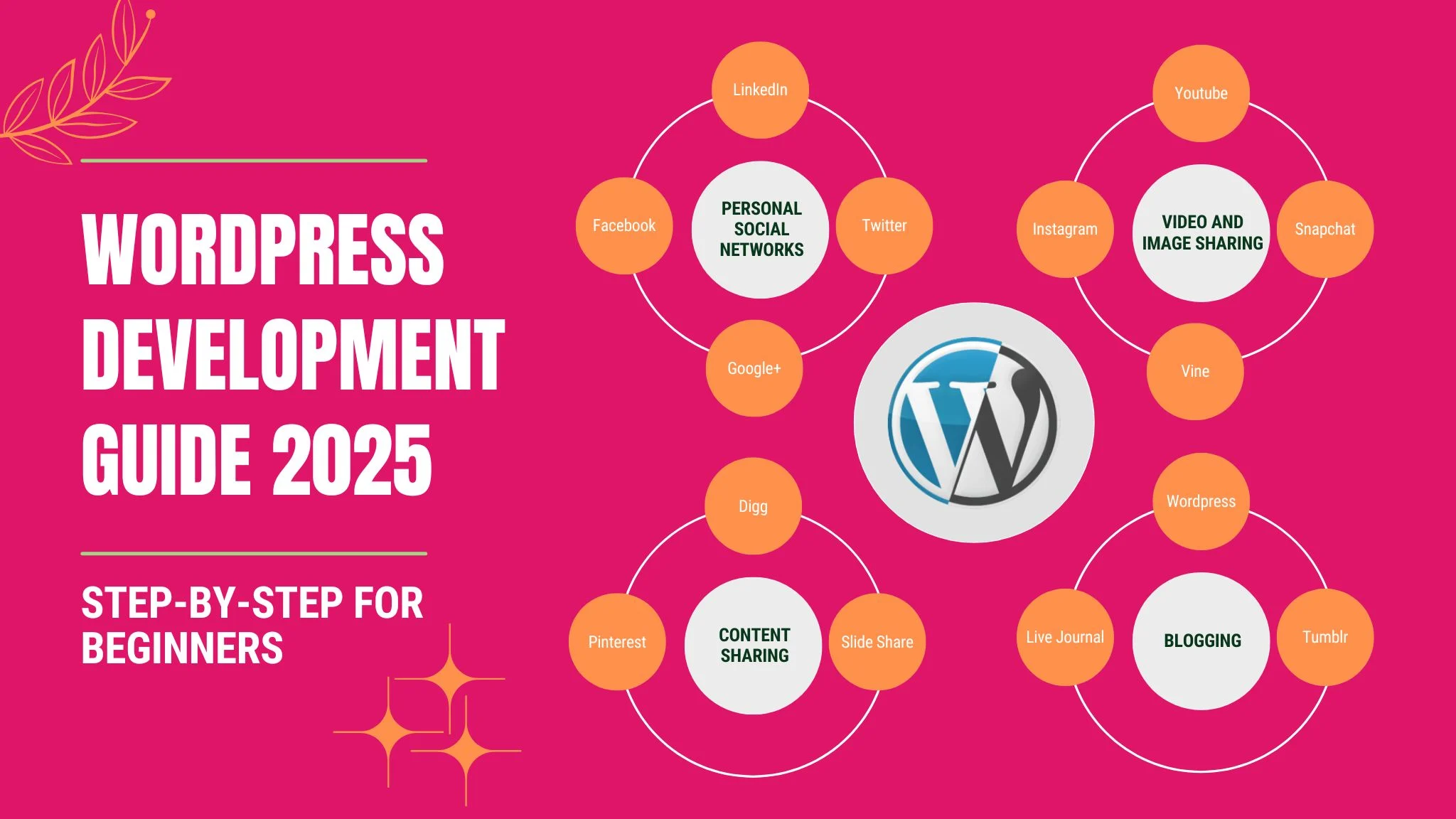In this digitally driven world, websites are becoming the most important part of any business’s success online. If you are a travel agency or company that wants to reach a level where you call it success, you need to hire a travel website development company.
According to a global survey in 2024, 80% of global travelers feel online booking is important to book trips entirely. So, in the case of the travel industry, especially, having a well-designed website is essential to effectively represent your properties, facilities, and services online to potential customers globally.
UX/UI in the Travel Industry
How beautiful your website looks and feels to your visitors totally depends on the UX/UI design of your website. Let’s understand what it means when we talk about the UX/UI in the travel agency.
What are UX and UI?
UX is all about how a user feels and experiences while using your website, and UI is about the visual elements and components users engage with, like buttons, icons, menus, color schemes, and layouts.
Why UX/UI Matters More for Travel Websites?
Travel businesses are ones in which people or potential customers make decisions, whether it is booking or sending queries, based on the look of the website and its content, like photos, videos, and graphics.
If your travel business website looks poor, is not easy to use, has low-quality images, and has an inconsistent layout, then visitors are likely to leave and choose your competitors.
Benefits of Good UX/UI Design for Your Travel Business
- A well-designed travel website builds trust and confidence in the visitors.
- Reduces drop-offs during the booking process.
- Helps users find information and make decisions quickly.
- Provide a seamless user experience on mobile devices and increase the number of bookings.
UX/UI Design Elements to Add in the Travel Website Development Process
#1: Visual hierarchy and clean layout
A travel business website should have all its elements placed and sized correctly to provide a seamless user experience and help visitors find the information they are looking for easily.
Clean layouts with well-organized and minimal designs help visitors to focus on the core message and most important information without any distractions.
#2 Mobile responsiveness and accessibility
According to Statista, 70.5% of online traffic to travel and hospitality websites comes from mobile devices. If your travel website is not mobile responsive, you are already missing most of the business opportunities.
So when you hire a website development company, make sure they focus on building a mobile-responsive website that is simple to use on mobile and provides a consistent user experience to make booking and information access easy.
#3 Clear navigation and intuitive search filters
For a travel website, clear navigation and an easy-to-use menu help visitors to easily find information, even on the inner pages, and navigate through different pages easily. This reduces website bounce rate and accelerates the process of visitors completing tasks or actions they want to take.
Search filters save visitors time; they can find information quickly by typing the main key phrases through the search option. This feature reduces the frustration of visitors and makes it easy to find information for visitors, even with only a single word in their minds.
#4 High-quality images and destination visuals
The travel industry is highly dependent on images, visuals, graphics, and beautiful sightseeing pictures. In the travel industry, visitors turning into your customers highly depends on how beautifully you showcase your properties, hotels, rooms, resorts, happy customer videos, images, and tourist places near you.
A visitor will book and choose your travel service only if they feel confident after seeing all the visual elements on your website. If anything appears shady, the visitor will definitely choose a service that looks better than yours.
#5 Personalized user journeys and suggestions
A travel website should have functionality to personalize users’ journeys based on their behavior, preferences, location, or history to serve the relevant information they want. Such customization boosts engagement rate and customer satisfaction, builds brand value, and helps visitors to complete goals quickly.
#6 Seamless booking and checkout process
Travel websites should have easy booking systems with clear step indicators, minimum form fields, pre-filled information for returning customers, and clear confirmation messages, which reduce the drop-off in bookings.
Your travel website should have a checkout process with no forced signups, an autofill option, a single-page form, secure and multiple payment options, clear calls to action, and mobile friendliness.
#7 Loading speed and performance optimization
First impressions matter. When a user lands on your website, you only have a few seconds to encourage visitors to use it. For this reason, your website content must load completely in 2-3 seconds; the longer your website takes to load, the higher the bounce rate.
If a visitor leaves your website in 2-3 seconds without visiting any other page, then there is no point in generating business with your travel business website. So ensure that your website development agency follows the best practices to build fast-loading pages.
Keeping your website performance optimized is important to provide a seamless user experience across all devices every day.
Common UX/UI Mistakes to Avoid While Developing a Travel Website
- Avoid the cluttered design and overwhelming CTAs.
- Avoid having a hidden or complex booking process; keep it simple.
- Lack of language or currency options for global users.
Future Trends in UX/UI for Travel Sites
The world of technology is evolving every day. New technologies are introduced in the market every month, which change the way people search for information online, do daily work, and consume the internet.
So if you are a business owner, whether it is travel or related to any other industry, you need to keep updated with the trends and adapt them to grow your business and cater to the audience.
Here are some of the trends that are changing the way travel business websites provide information to their customers.
- AI and chatbots for personalized travel planning.
- AR/VR for virtual tours.
- Voice search integration.
Conclusion
If you are a travel company owner or are related to this industry, after reading the complete article, you will definitely know how important UX and UI design is for travel website development in 2025. We suggest choosing the best web development company for your requirements.
About the author
Popular Posts

WordPress Development Guide 2025: Step-by-Step for Beginners
September 30, 2025- 5 Min Read

How to Build a Chatbot: Complete Guide to AI & Custom Chatbot Development
September 10, 2025- 6 Min Read

Complete Guide to Web Design, Development & Ecommerce Services in 2025
July 16, 2025- 5 Min Read



